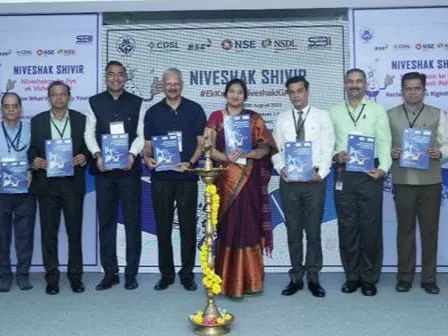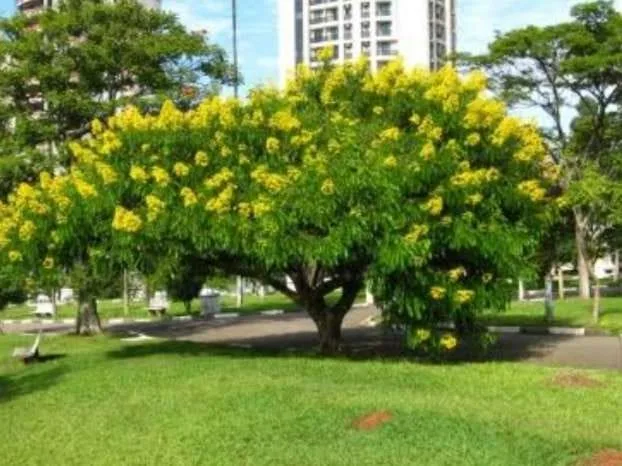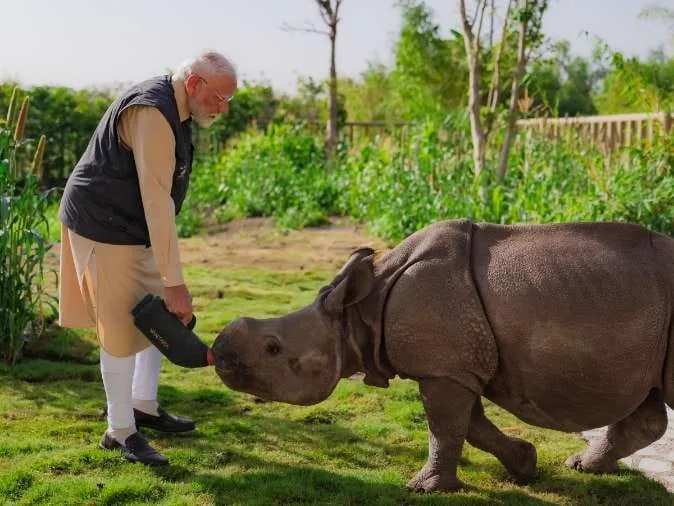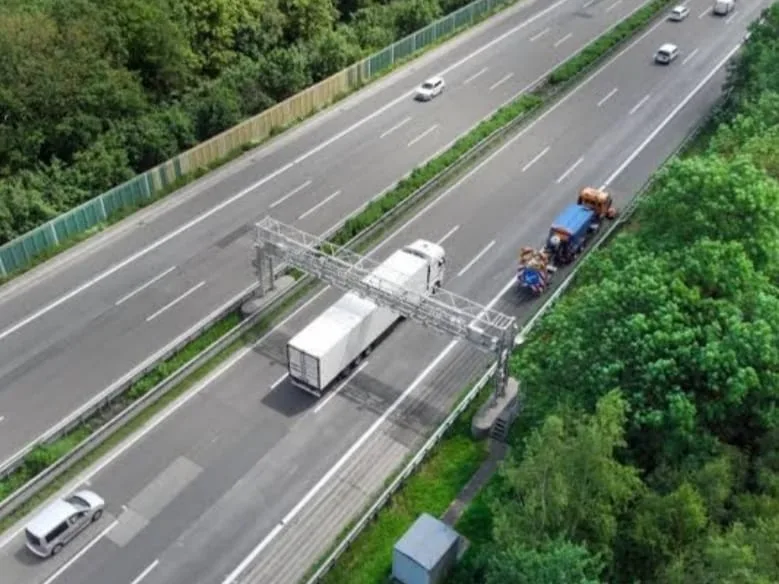Urban biodiversity refers to the variety of life in urban environments, encompassing plants, animals, microorganisms, and ecosystems within cities and their surrounding areas . It plays a crucial role in supporting ecosystem services, human well-being, and the overall health and resilience of urban areas .
Key Aspects of Urban Biodiversity:
- Importance: Urban biodiversity contributes to essential ecosystem services like pollination, air and water purification, temperature regulation, and carbon sequestration . It also provides recreational and cultural opportunities for urban residents, enhancing their quality of life .
- Challenges: Urbanization poses significant challenges to biodiversity, including habitat loss and fragmentation, pollution, introduction of invasive species, and climate change . Despite enthusiasm from governments and the public, social and ecological challenges persist in urban biodiversity conservation .
- Conservation Strategies: Effective urban biodiversity conservation requires integrating ecological considerations into urban planning and management . This includes creating and managing green spaces, protecting and restoring natural habitats, promoting native species, and reducing pollution .
- Current Trends: There is a growing recognition of the importance of urban biodiversity and a push for mainstreaming its conservation through various national and international initiatives . Many cities are implementing strategies to enhance, restore, and protect biodiversity, such as creating green corridors, parks, and community gardens .
- The Kunming-Montreal Global Biodiversity Framework: The framework was adopted to enhance urban biodiversity .
- Examples: New York City has implemented educational programs to promote biodiversity conservation . States are also taking action on conservation issues like pollinator protections through urban biodiversity .
can we use miyawaki model in India ?
The Miyawaki Method is an afforestation technique developed by Japanese botanist Akira Miyawaki, designed to create dense, biodiverse forests in a short period . It’s particularly effective for small afforestation projects and urban areas . The method focuses on using native species and mimicking the natural forest ecosystem to accelerate growth and enhance ecological resilience .
Here’s a breakdown of the key aspects:
- Core Principles: The Miyawaki Method involves several meticulous steps :
- Native Species: Identifying and using plant species native to the specific area .
- Soil Improvement: Improving soil quality by adding organic material .
- Dense Planting: Planting seedlings densely (about three per square meter) in a mixed manner to simulate a natural forest . This encourages competition for sunlight and resources, leading to rapid growth .
- How it Works: The dense planting encourages intense competition among plants for sunlight and resources, which accelerates forest growth and biodiversity restoration . After planting, the site needs weeding for up to three years. After that, the grove is left to grow on its own .
- Benefits:
- Rapid Forest Regeneration: It promotes fast and dense forest growth . Miyawaki forests are believed to grow ten times faster than conventional methods .
- Biodiversity Enhancement: Prioritizes native plant species to restore and preserve local biodiversity and create habitats for a wide range of flora and fauna . Miyawaki forests are believed to be 30 times denser and 100 times more biodiverse than conventional plantations .
- Carbon Sequestration: Contributes to carbon sequestration by rapidly establishing dense forests .
- Urban Greening: Effective in urban environments for creating green spaces, improving air quality, and mitigating the urban heat island effect .
- Community Engagement: Many projects involve local communities, fostering environmental awareness and ownership of green spaces .
- Limitations & Considerations:
- Resource Intensive: Can require significant resources, including labor, materials, and land, posing logistical and financial challenges .
- Ecological Disruption: Introducing non-native species or altering soil compositions could disrupt existing ecosystems, potentially leading to unintended consequences .
- Applicability Concerns: Some question the method’s applicability in diverse ecological environments, such as arid areas, emphasizing the importance of context-specific approaches .
- Global Impact: The Miyawaki Method has been implemented in various countries, including Japan, India, Malaysia, Jordan, and Brazil .
- Tiny Forests: Inspired by the Miyawaki method, the Tiny Forests concept involves creating small-scale, dense plantations of native species in urban areas to mimic natural ecosystems .
- for editorial page click www.eminentnews.com



























